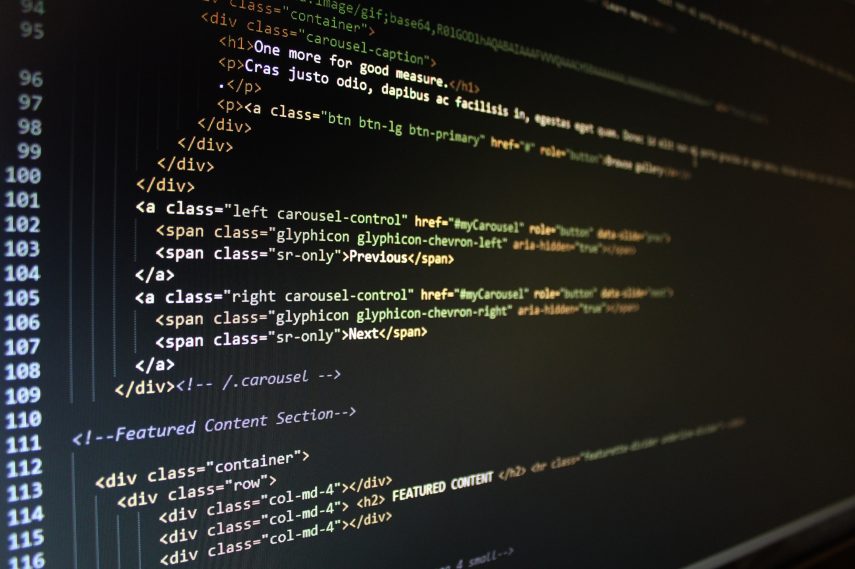I. Introduction
This blog post is is part of the previous blog post point number 4 MC-API design
A. Explanation of the Model-Controller-API pattern The Model-Controller-API pattern is a popular software design pattern used to build scalable and maintainable applications. This pattern separates the application into three main components: the Model, the View, and the Controller.
B. Explanation of the role of the Controller The Controller acts as the intermediary between the Model and the View. It handles user inputs and updates the Model accordingly, and also updates the View with any changes to the Model.
C. Importance of the Controller in maintaining a clean and maintainable codebase The Controller is crucial in maintaining a clean and maintainable codebase because it decouples the Model and the View, allowing for changes to be made to one component without affecting the other. This leads to a more flexible and scalable application that is easier to maintain and extend in the future.
II. The SOLID Principles and the Controller
A. Single Responsibility Principle
- Explanation of the principle The Single Responsibility Principle states that each component of an application should have only one reason to change.
- How it applies to the Controller The Controller should have a single responsibility, which is to handle the flow of data between the Model and the View. By following this principle, the Controller becomes easier to maintain and extend, as it only has one concern to focus on.
B. Dependency Inversion Principle
- Explanation of the principle The Dependency Inversion Principle states that high-level components should not depend on low-level components, but rather both should depend on abstractions.
- How it applies to the Controller The Controller should depend on abstractions, such as interfaces, rather than concrete implementations. This allows for changes to be made to the underlying components without affecting the Controller, making the codebase more flexible and easier to maintain.
By following these SOLID principles, the Controller can be designed in a way that is maintainable, scalable, and flexible. These principles help ensure that the Controller is only concerned with its specific responsibilities, which in turn leads to a more organized and predictable codebase.
III. Designing the Controller
A. Overview of the responsibilities of the Controller
The Controller is responsible for handling user inputs, updating the Model, and updating the View. Additionally, it should also handle any error handling or validation that is necessary for the application.
B. Best practices for defining the Controller
When defining the Controller, it is important to keep the following best practices in mind:
- The Controller should only handle data flow, not business logic.
- The Controller should depend on abstractions, not concrete implementations.
- The Controller should be kept small and focused, with each method having a single responsibility.
- The Controller should be designed to be testable, with clear inputs and outputs.
C. Examples of the Controller implementation in a real-world scenario
Consider a scenario where a user is creating a new account on a website. The user inputs their information into a form, which is then sent to the Controller. The Controller then validates the user input and updates the Model with the new account information. If there are any errors, the Controller will handle them and update the View to display the error message.
IV. Refactoring the Code to Implement the Controller
A. Steps for refactoring the code To refactor the code to implement the Controller, follow these steps:
- Identify the Model and View components of the codebase.
- Create a new component for the Controller.
- Move any logic from the Model and View components into the Controller.
- Update the Model and View components to depend on the Controller for data flow.
B. Challenges that may arise during the refactoring process When refactoring the code to implement the Controller, some challenges may arise, such as:
- Integrating the Controller into the existing codebase.
- Ensuring that all necessary data is being passed between the Controller, Model, and View.
- Keeping the Controller small and focused while also handling all necessary responsibilities.
C. Best practices for overcoming these challenges To overcome these challenges, it is important to:
- Start small and incrementally add more functionality to the Controller as needed.
- Write thorough unit tests to ensure that the Controller is handling data flow correctly.
- Follow the SOLID principles to keep the Controller maintainable and scalable.
V. Conclusion
In this blog post, we discussed the importance of designing and implementing a Controller in a Model-Controller-API pattern. We covered the best practices for defining the Controller and the steps for refactoring an older codebase to implement it. By following these principles, you can ensure that your codebase is more organized, maintainable, and scalable.
It’s important to remember that refactoring an older codebase can be a challenging task, but the benefits of a well-designed Controller are worth the effort. The Controller is the glue that binds the Model and View components together, and it’s essential to have a solid implementation to ensure that your application works correctly and efficiently. With the right approach and attention to detail, you can successfully refactor your codebase to implement the Controller in a Model-Controller-API pattern and take your code to the next level.
